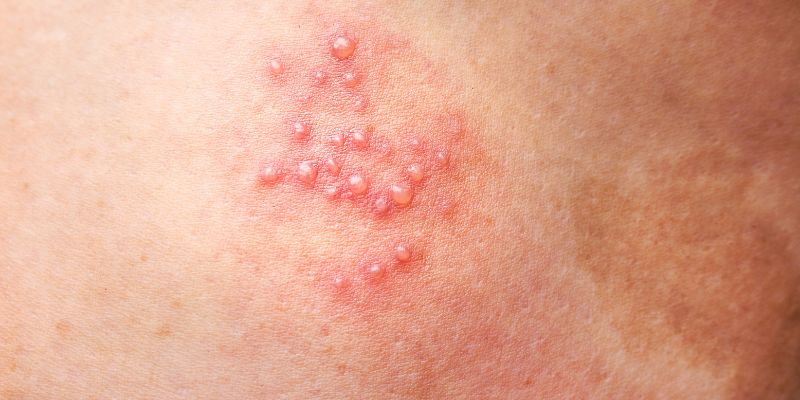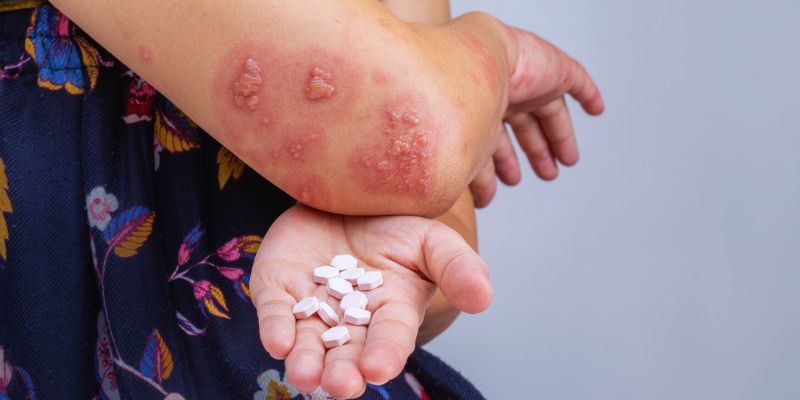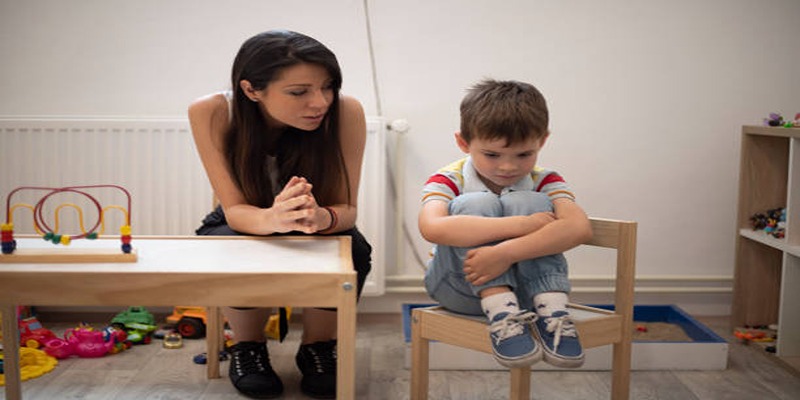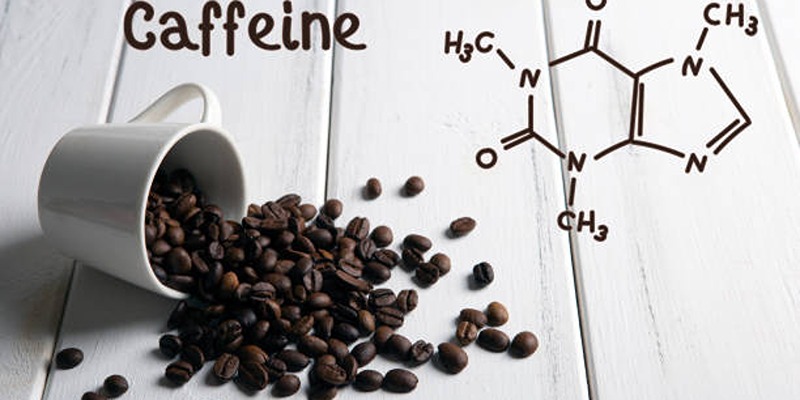The same varicella-zoster virus that causes chickenpox causes the painful, blistering rash known as shingles. If you have had chickenpox, this virus remains dormant in your body and may react as shingles, usually later in life. Affecting one side of the body, typically the chest or face, the disorder can be quite unpleasant and cause long-lasting nerve pain and other consequences.
Due to its discomfort and possible consequences for daily life, shingles affect not only bodily but also mental well-being. Understanding shingles is crucial whether your loved one is seeking information or you are in danger. From symptoms and causes to treatments and preventive advice, this guide addresses what you need to know to keep educated and proactive about your health.

Understanding Shingles: What Is It?
Shingles, also called herpes zoster, is a viral illness of the nerves and skin. It happens when the varicella-zoster virus, the same one causing chickenpox, reactivates following dormancy in the body. Usually, as the immune system weakens, this reactivation occurs, allowing the virus to show up as shingles. Although everyone who has had chickenpox can get shingles, it is most frequent in older persons and those with compromised immune systems.
Usually involving the torso or face, the illness shows up as a painful band or stripe of red blisters on one side of the body. If not correctly treated, these blisters cause great agony and can progress to problems like postherpetic neuralgia, a chronic nerve condition. Minimizing pain and avoiding more consequences depend on early diagnosis and treatment, so it is imperative to identify the symptoms and grasp the causes and possible hazards of the illness.
Symptoms of Shingles
Usually beginning with pain and tingling, shingles symptoms often follow any rash development. The main symptoms are found below:
- Pain and Tingling: Usually, the initial indication, pain may be felt in a particular body part; tingling, burning, or itching sensations may follow.
- Red Rash: A red rash usually appears a few days after the pain starts. It follows a nerve path and frequently shows up on one side of the body in a confined area.
- Fluid-Filled Blisters: The rash then develops groups of fluid-filled blisters. During the healing process, these blisters can burst, ooze, and finally crust over.
- Itching: The afflicted area may get itchy as the blisters heal, which would aggravate the pain.
- Sensitivity to Touch: The area affected by the rash and blisters is usually quite sensitive to touch, and daily activities are uncomfortable for it.
- Other Symptoms: Shingles can be very unpleasant for some individuals, who may also suffer from fever, tiredness, headache, or light sensitivity.

Common Causes of Shingles
The varicella-zoster virus causes shingles; it stays latent in the body following a chickenpox recovery. Some elements raise the possibility of this virus reactivating and producing shingles:
- Aging: As one age, especially for persons over 50, the risk of shingles rises. That is so because the immune system ages, naturally weaken, and facilitates the virus reactivation.
- Weakened Immune System: Shingles are more likely to strike persons with compromised immune systems.
- Physical or Emotional Stress: Whether physical or emotional, high degrees of stress might compromise the immune system and may cause the infection to resurface.
- Other Illnesses: Chronic diseases, such as diabetes or autoimmune diseases, can make the body more susceptible to infections, including shingles, by affecting immunological function.
- Lack of Vaccination: Those who have not had the shingles vaccination run a higher risk of contracting the condition. Since vaccination gives extra immunity against the virus, people over 50 should get vaccinated especially.
Treatment Options for Shingles
Treating shingles seeks to eliminate symptoms and avoid consequences. These are typical treatment choices:
- Antiviral Medications: Medications such as famciclovir, valacyclovir, and acyclovir can help to cut the length of an outbreak. These medications are most effectively administered early, ideally within 72 hours after symptoms start to lessen the severity of the illness.
- Pain Relievers: Acetaminophen or ibuprofen can be taken over the counter to relieve mild to moderate pain. For extreme pain, a doctor might prescribe stronger prescriptions or even antidepressants or anticonvulsants.
- Topical Creams: Other topical treatments, such as calamine lotions, can help to reduce rash-related irritation and discomfort. Certain creams also have numbing properties, which might help much more.
- Cold Compresses: Applying cool compresses to the rash area will ease itching and pain, providing comfort during the healing process.
- Rest and Hydration: Appropriate rest and fluids promote the body's immunological response, enabling a more efficient fight against infection.
- Avoiding Contact with Others: To prevent the virus from being passed on, avoid those who have not had chickenpox or the vaccination until the blisters completely heal.
Prevention of Shingles
Vaccination is the most successful approach to avoid shingles. Two vaccines guard against shingles:
- Shingrix Vaccine: With over 90% efficacy in preventing shingles, shingrix is the recommended shingle vaccination. For people 50 years of age and above, even those who have had shingles in the past, it is advised. The vaccination is given in two doses separated many months apart to guarantee lifetime protection.
- Zostavax Vaccine: An older shingles vaccination, Zostavax, is less effective than Shingrix. Although it is not generally advised, in particular circumstances, or if Shingrix is not accessible, it may still be used.
Maintaining a good lifestyle to strengthen the immune system is another protective action. Essential methods to maintain the immune system healthy and lower the risk of shingles reactivation are eating a balanced diet, working regularly, controlling stress, and getting enough sleep. These lifestyle choices provide additional protection and complement immunization.
Conclusion:
In essence, shingles is a painful viral infection that strikes persons who have had chickenpox, often resurfacing later in life. Knowing the symptoms, causes, and available treatments for shingles will help one control the illness and lessen its influence on everyday life. Faster recovery and the avoidance of sequelae like postherpetic neuralgia depend on early therapy with antiviral medications and symptom-relieving strategies. However, the best way to prevent it is vaccination, particularly for individuals over 50. Those who are educated and vigilant about immune health will help reduce their shingles risk and control any outbreaks more successfully.











